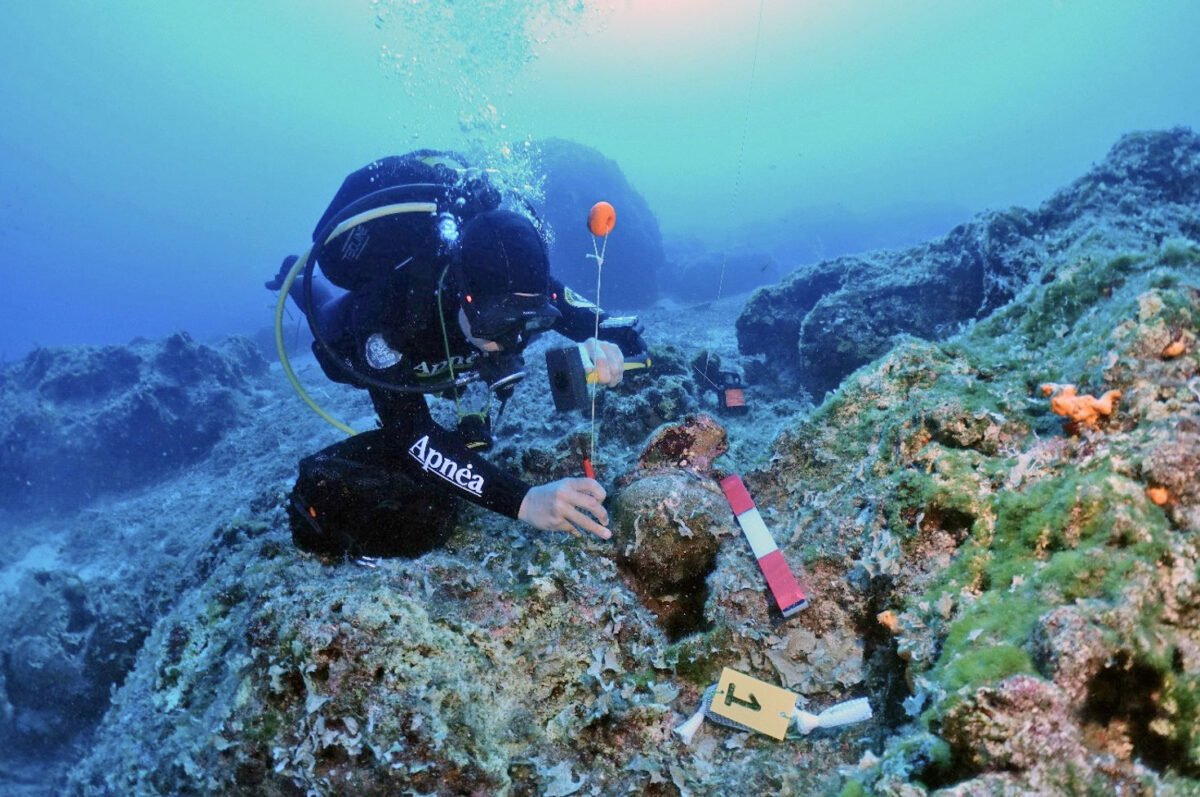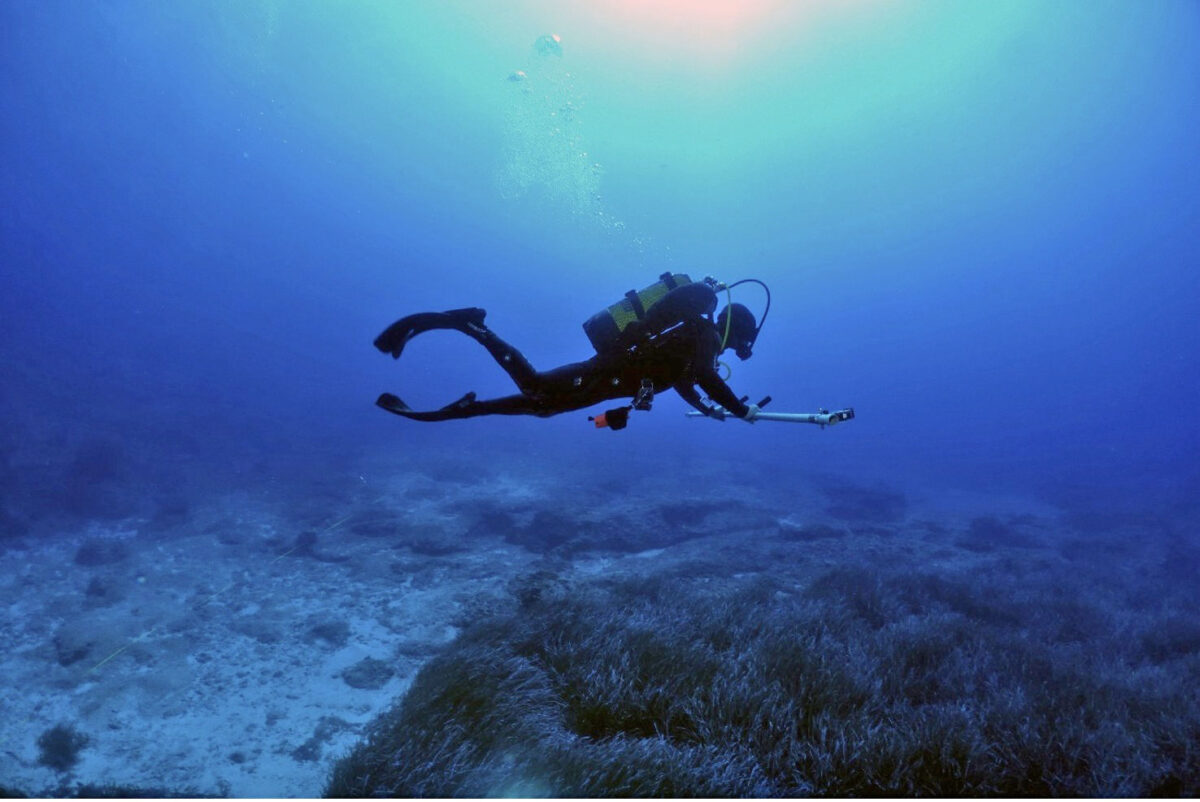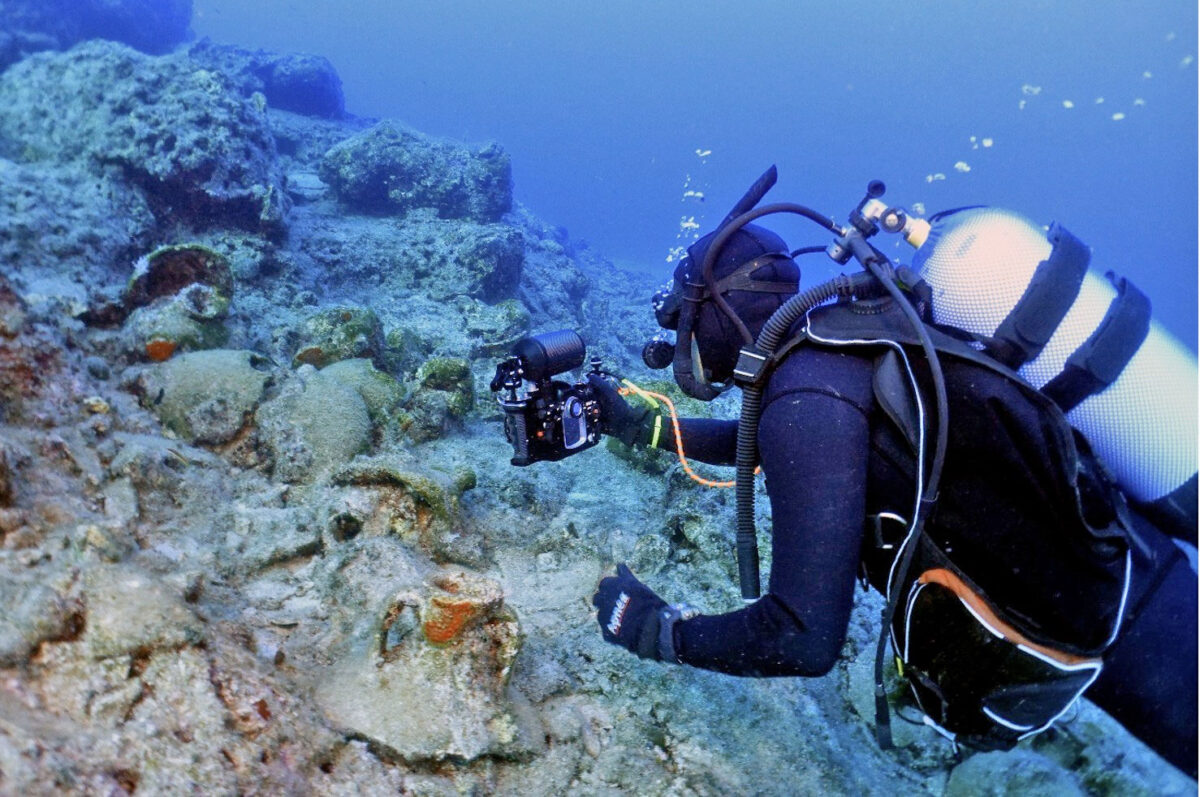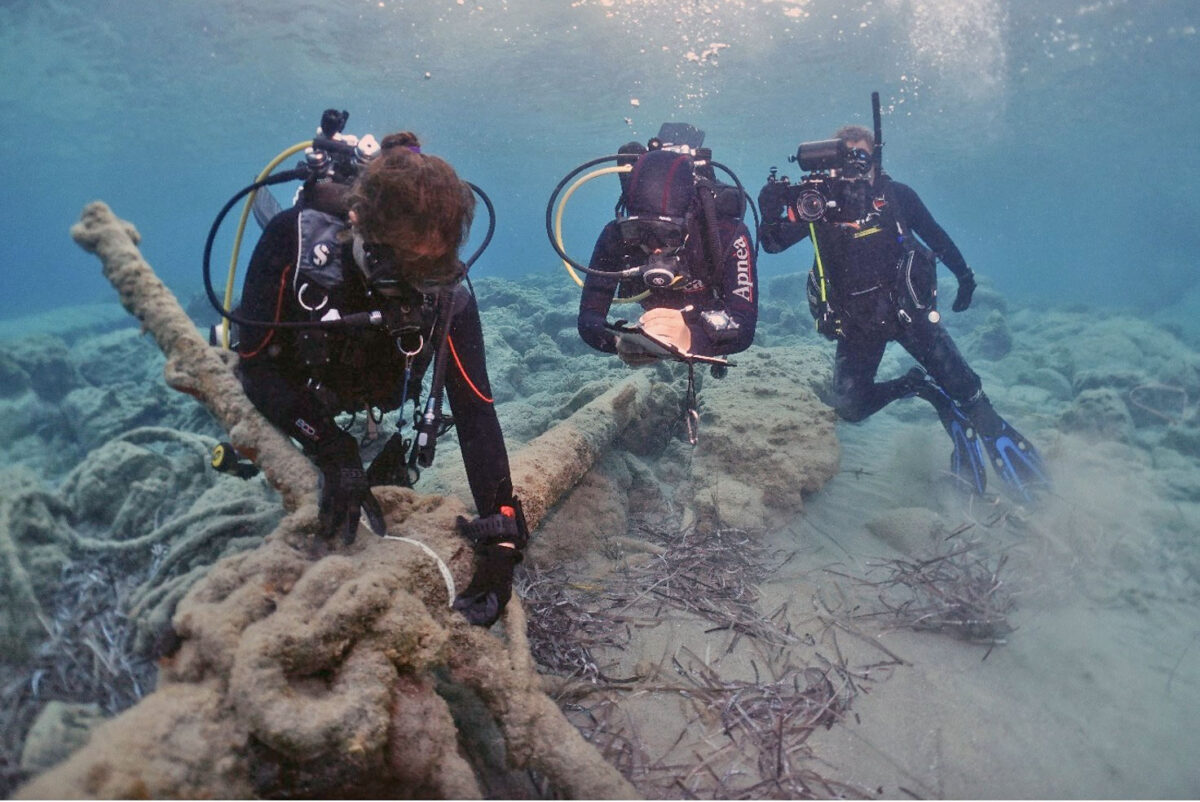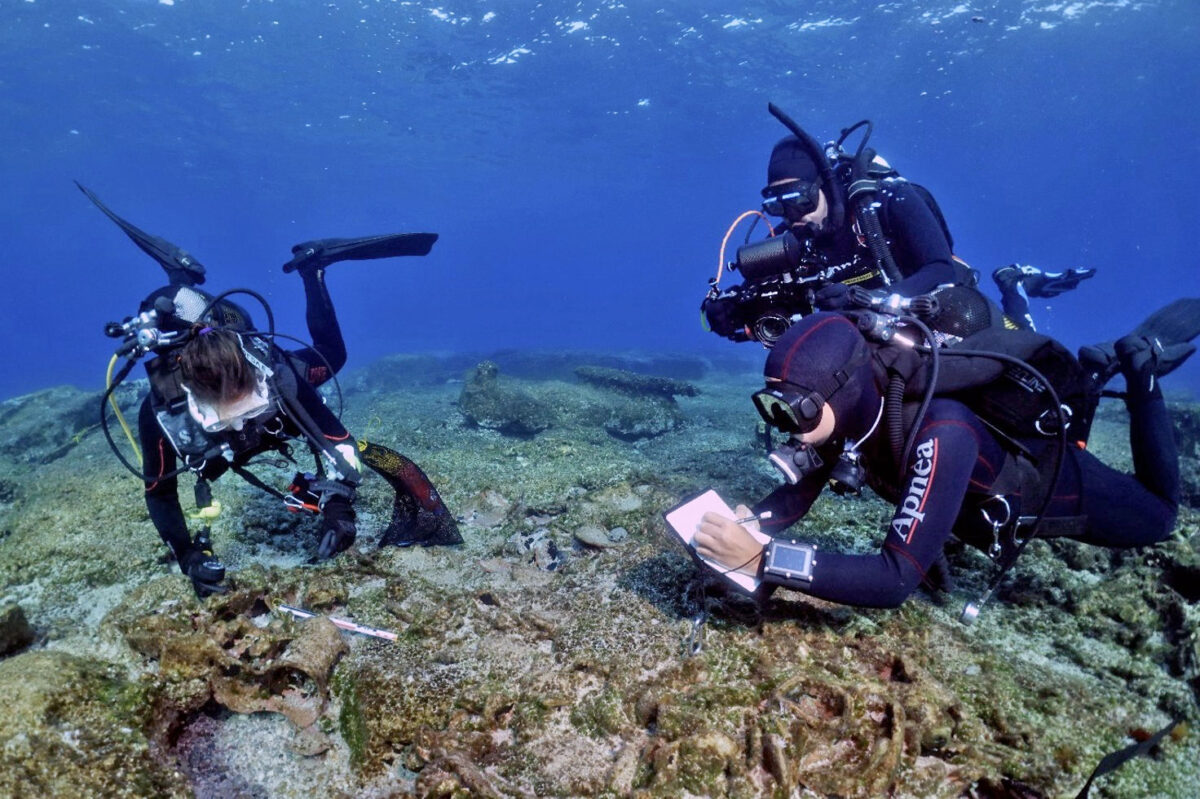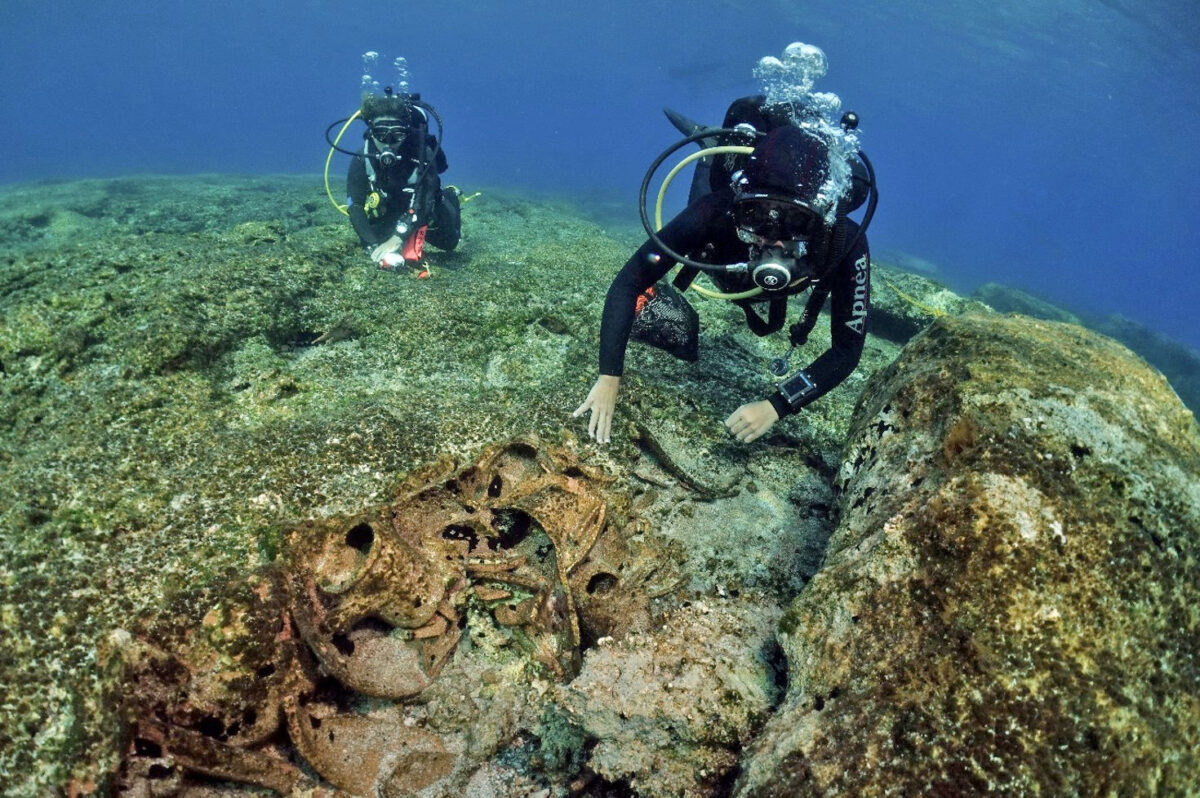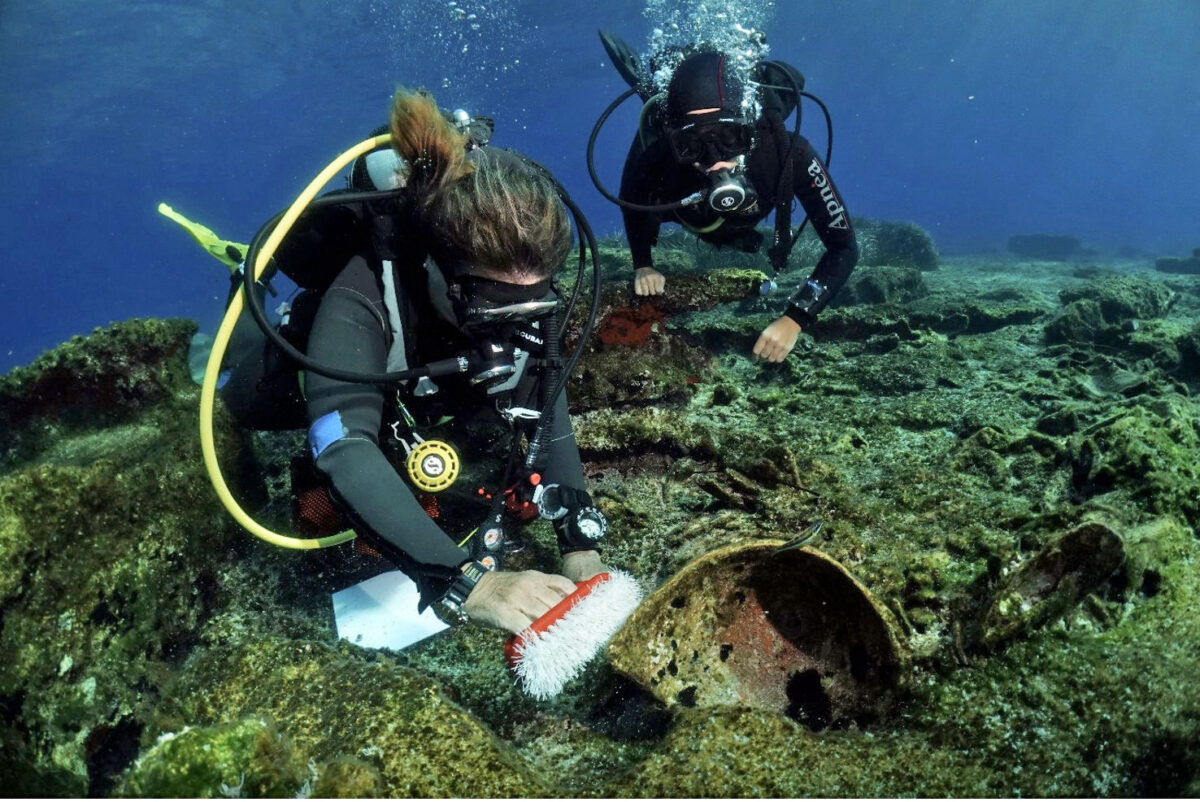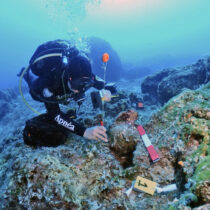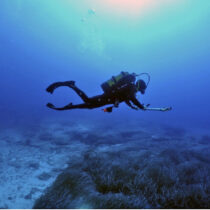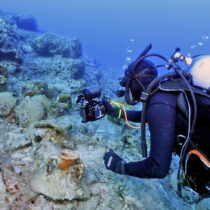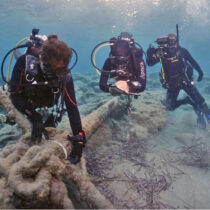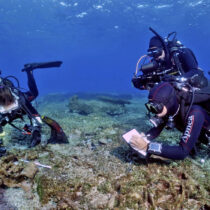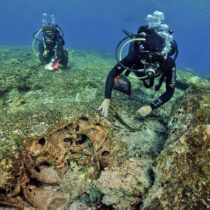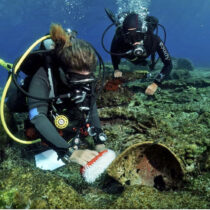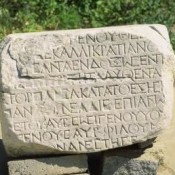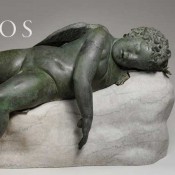At the end of October 2023, the multi-year underwater archaeological survey at the sea of Kasos island has been completed. Since 2019, the research team of the National Hellenic Research Foundation in collaboration with the Ministry of Culture carried out four research expeditions in areas of special interest, using archaeological and historical evidence, sources, testimonies and reports on the island of Kasos, from Homer’s Iliad to modern times.
During the research, ten shipwrecks were discovered as well as important underwater finds, dating back to prehistory (3000 BC), the Classical period (460 BC), the Hellenistic period (100 BC to 100 AD), the Roman period (200 BC to 300 AD), the Byzantine period (800 to 900 AD), the Medieval and Ottoman periods.
The finds were recorded and documented using modern scientific methods. Sampling of archaeological objects was carried out, providing new information and archaeological data regarding various aspects of the history of Kasos and the rich cultural heritage of the Mediterranean. Sunken remains of ancient ships carrying goods from Spain, Italy, Africa and the coast of Asia Minor have been brought to light by an interdisciplinary team of Greek and international researchers and professors, diving archaeologists, historians, architects, topographers, conservators, geologists, biologists, skilled workers, graduate students, doctoral candidates, post-doctoral researchers and other specialists.
The research was completed in 2023 with the fourth research expedition between 10th and 26th October, which focused on documenting the archaeological material. Using modern technological equipment, more than 20,000 underwater photographs were taken, which were used to study and combine digital images of the wrecks and finds, providing a wealth of primary sources data to the international scientific community.
The thorough study of the material at depths of 20 to 47m brought to light unique finds, including: a Spanish Dressel 20 type amphora with a seal on its handle dating between 150-170 AD, drinking vessels, terra sigillata type flasks, which belong to the Roman period with African origins, a stone anchor of the Archaic period, as well as other important archaeological evidence. At the same time, the mapping and bathymetry of the Kasos-Karpathos reef and the Karpatholimnion area was carried out for the first time with the use of a side-scanning sonar. Finally, the remains of a shipwreck of the modern period, probably of the World War II era, were identified. It is a wooden boat with metal elements, the size of which is estimated at 25-30m.
It is worth mentioning that the underwater research in Kasos was the subject of an original film production by AORI FILMS entitled “Diving in Aegean History”, available in Greek and English at https://kasosproject.com/. The film has already been selected for participation in the competition section of leading, international archaeological film festivals, including The Archaeology Channel International Film Festival in America and Firenze Archeofilm Festival in Europe.
It is worth mentioning that the underwater research in Kasos was the subject of an original film production by AORI FILMS entitled “Diving in Aegean History”, available in Greek and English at https://kasosproject.com/. The film has already been selected for participation in the competition section of leading, international archaeological film festivals, including The Archaeology Channel International Film Festival in America and Firenze Archeofilm Festival in Europe.
The evaluation of the overall research, enriched with original studies by historians, archaeologists, conservators and other scientists will be the subject of a foreign-language collective volume planned to be published by the National Hellenic Research Foundation at the end of 2024. In June 2024, it is planned to extend the research to the marine area of Karpathos, which forms a geographical entity with Kasos.
